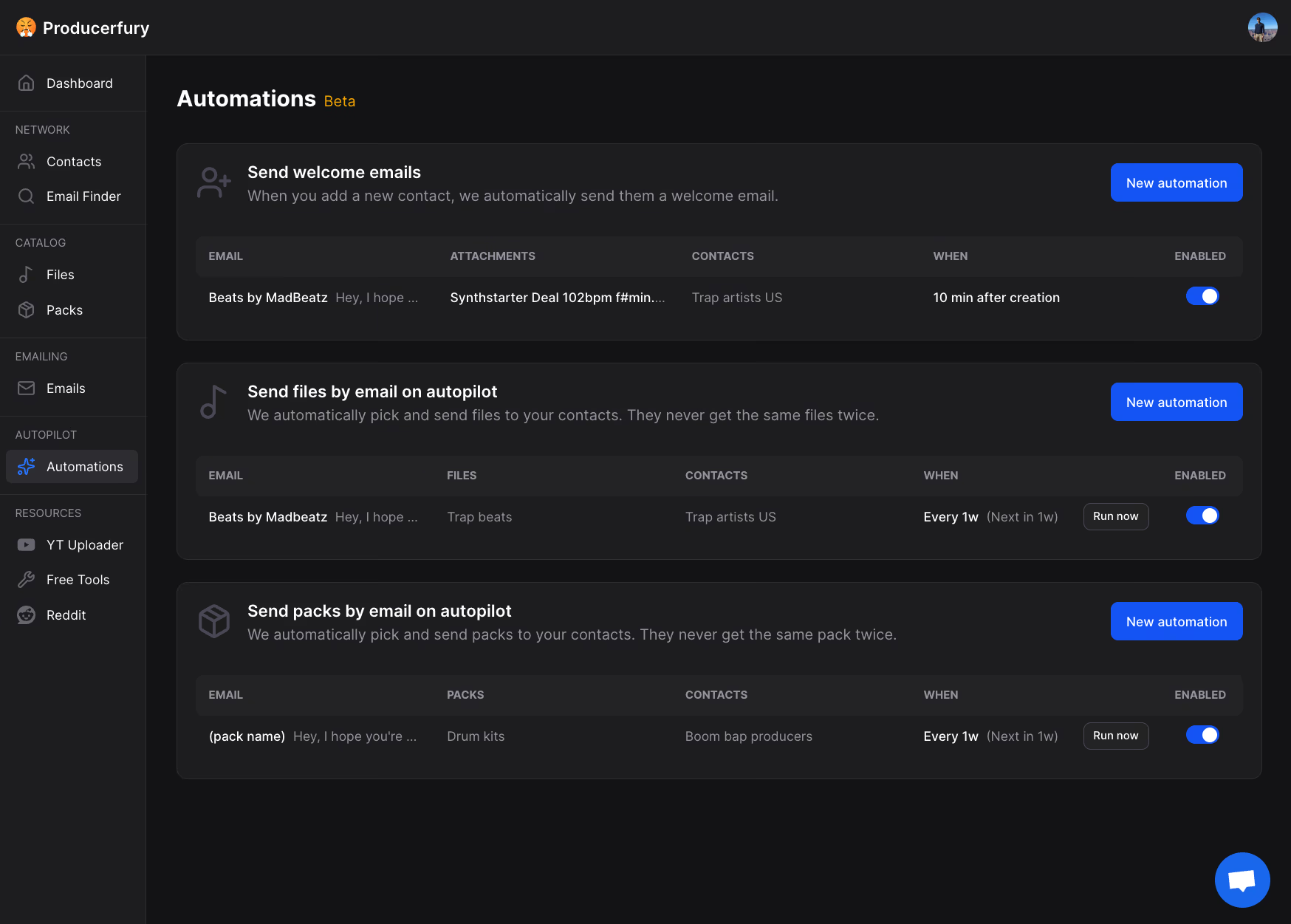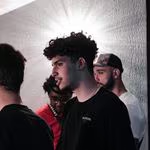Ultimate Guide to Trap BPMs for Music Producers
If you're producing trap music, one of the first decisions you'll face sitting in front of your computer is setting your tempo. While it might seem simple on the surface, trap BPM is more complex than just picking a number. Most popular trap hits fall between 130-150 BPM, but that's just scratching the surface. From Future's "Turn On The Lights" at 131 BPM to Young Thug's "The London" at 196 BPM, successful producers are constantly pushing tempo boundaries to create unique sounds.
But here's where it gets interesting: the BPM you see in your DAW might not be the actual tempo of your track. Many trap producers work in "double time," setting their DAW to twice the perceived tempo to make programming those signature hi-hat rolls and percussion patterns easier. Understanding these nuances can be the difference between a beat that flows naturally and one that feels off, no matter how good your sound selection is.
In this guide, we'll break down everything you need to know about trap tempos, from standard ranges to sub-genre variations, so you can make informed decisions for your productions.
Understanding Trap BPM Basics
One of the most confusing aspects of trap production is the difference between what producers set in their DAW versus what listeners actually hear. Let's break this down into something practical that you can use right away.
Normal BPM vs. Double (DAW) BPM
Here's what's really happening in trap music: when you hear a typical trap beat with the snare hitting on beats 2 and 4, the actual tempo might be around 70 BPM. However, open up most producers' project files, and you'll see their DAW set to around 140 BPM. Why? It's all about workflow and precision.
Think about Future's "Mask Off" - while it feels like a laid-back track, it's actually set to 150 BPM in production terms. This "double time" approach isn't just a random choice; it serves a specific purpose in the production process.
Why Producers Use Double Time
Producers set their DAW to double time for two main reasons:
First, it makes programming those lightning-fast hi-hat rolls and intricate percussion patterns much easier. When you're working at 140 BPM instead of 70 BPM, you have more grid subdivisions to work with, giving you better control over those quick trap rhythms that define the genre.
Second, it helps with live recording. Having more metronome clicks per bar makes it easier to stay in time when recording instruments or programming drums, especially for those complex patterns that trap is known for.
The Half-Time Feel Exception
Sometimes you'll encounter tracks that seem to break all the rules, like Drake's "No Long Talk." If you try to count this track at normal trap tempo, something feels off - that's because it's using what producers call a "half-time feel." In these cases, even the double-time BPM might feel unusually high (around 194 BPM), so producers might actually work at the "normal" tempo of 97 BPM.
Common Trap BPM Ranges
The beauty of trap music lies in its flexibility, but certain tempo ranges have proven particularly effective in the mainstream industry. Let's explore these and see how top artists use them to create their unique sounds.
The Sweet Spot: 130-150 BPM
This is where most trap hits live, and for good reason. At these tempos, you get the perfect balance of energy and groove. Here are some standout examples:
- "Turn On The Lights" by Future (131 BPM) - perfect for that hypnotic vibe
- "Old Town Road" by Lil Nas X (136 BPM) - shows how versatile this range can be
- "Trap Queen" by Fetty Wap (148 BPM) - demonstrates the upper end of this sweet spot
- "Mask Off" by Future (150 BPM) - pushes the boundary with the flute gimmick while maintaining that classic trap feel with the drums
Slower Vibes: 97-129 BPM
Don't sleep on slower tempos. They're perfect for creating more atmospheric or R&B-influenced tracks with hard hitting drums :
- "Drip Too Hard" by Gunna (113 BPM)
- "Bodak Yellow" by Cardi B (122 BPM)
- "Mood Swings" by A Boogie Wit Da Hoodie (120 BPM)
These slower tempos give vocalists more room to breathe and allow for more complex melodic elements.
Trap Sub-Genres and Their Unique BPM Ranges
R&B Trap: The Smooth Operator
R&B trap typically lives in the 100-130 BPM range. This slower tempo allows for more melodic vocals and smoother transitions. It's perfect when you want to create something more sensual or laid-back while maintaining that trap energy.
Latin Trap: Dancing with Tempo
Latin trap is unique because it needs to respect both trap conventions and traditional Latin music tempos. Reggaeton trap usually sits around 90-100 BPM, but you'll find variations based on the specific Latin style you're going to produce.
Practical Tips for Finding Your Perfect Tempo
Finding Reference Track BPMs
Before setting your tempo, try these methods to find the BPM of your favorite tracks:
- Use your DAW's tap tempo feature
- Try mobile apps like Pro Metronome
- Check online databases like Tunebat
Setting Up Your DAW
Remember: If you're going for a standard trap feel around 140 BPM, your snare or clap should hit on beat 3 when counting in double time. This is equivalent to beats 2 and 4 in normal time.
Creative Applications and Beyond
Here's the thing about trap BPM: while understanding these ranges is crucial, they're guidelines, not rules. Modern trap is constantly evolving, and producers are pushing boundaries more than ever. The key is understanding why certain tempos work, then using that knowledge creatively. Try to stretch and change the bpm of your beats to get the best feeling about it.
Tips for Experimentation:
- Try producing at extreme tempos (very slow or fast)
- Experiment with tempo automations within your beat
- Mix elements from different tempo ranges
- Use half-time feels to create unique grooves
Conclusion
Remember, while BPM is important, it doesn't define trap music. The genre's signature elements - the 808s, hi-hat rolls, and dark atmospheres - can work at virtually any tempo when executed properly. Use these tempo guidelines as a starting point, but don't let them limit your creativity. The most important thing is finding a tempo that serves your musical vision and feels right for your track.
Whether you're aiming for that classic trap sound at 140 BPM or pushing boundaries at either end of the spectrum, understanding these tempo ranges gives you the foundation to make informed decisions in your production process. Now get back to your DAW and start experimenting with different tempos - you might just create the next evolution in trap music.
 Producerfury
ProducerfuryUpload your catalog
Tag your beats. Make loop packs.
Import your contacts
Build lists. Search IG and collect emails.
Send emails on autopilot
Smart targeting. Auto-picked attachments.
Loved by 2546 producers
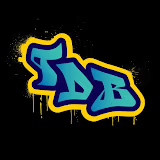 TapDaddyBeats1M+ Streams
TapDaddyBeats1M+ Streams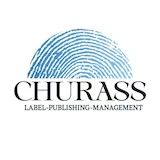 Churass MusicMulti-platinum Publisher
Churass MusicMulti-platinum Publisher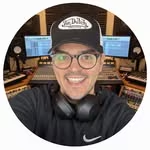 BE-TWIIN Beats50M+ Streams, 1000+ Artists
BE-TWIIN Beats50M+ Streams, 1000+ Artists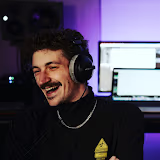 Prodbymeadow1K+ Syncs, 15M+ Streams
Prodbymeadow1K+ Syncs, 15M+ Streams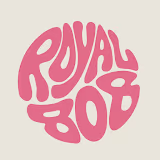 Royal808Platinum Producer
Royal808Platinum Producer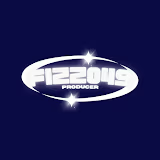 fizzo4911M+ Streams
fizzo4911M+ Streams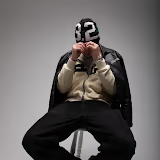 LLoke Made3x Billboard Charting
LLoke Made3x Billboard Charting SIGHOST8M+ BeatStars Plays
SIGHOST8M+ BeatStars Plays LitKidBeats18M+ YouTube Views
LitKidBeats18M+ YouTube Views
